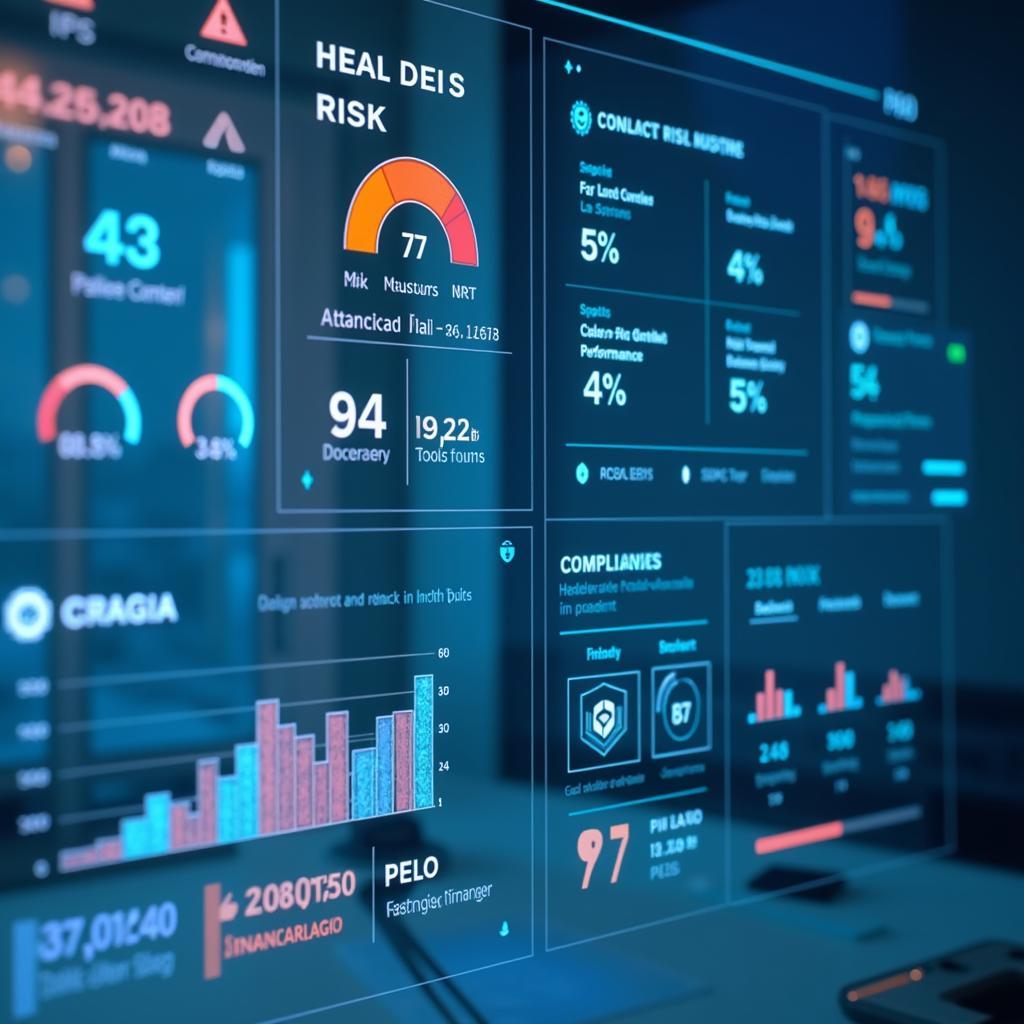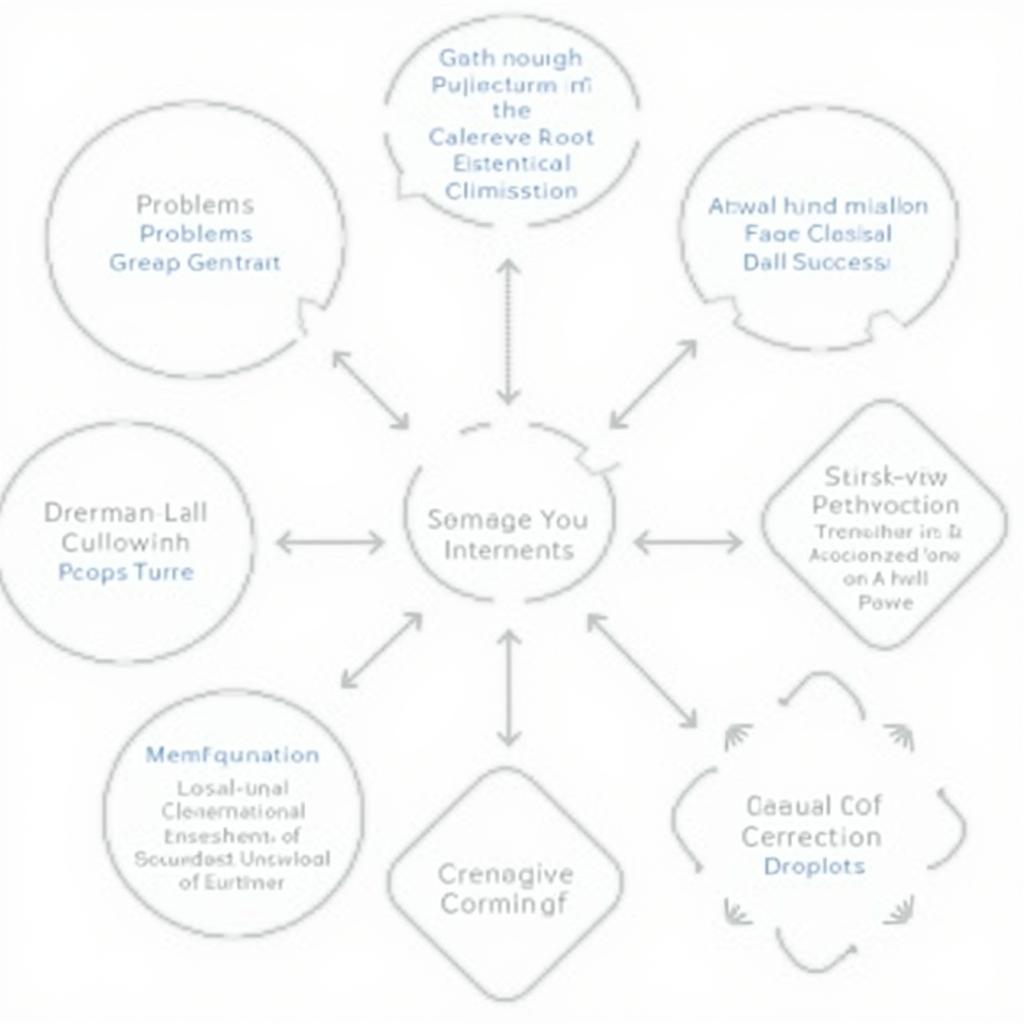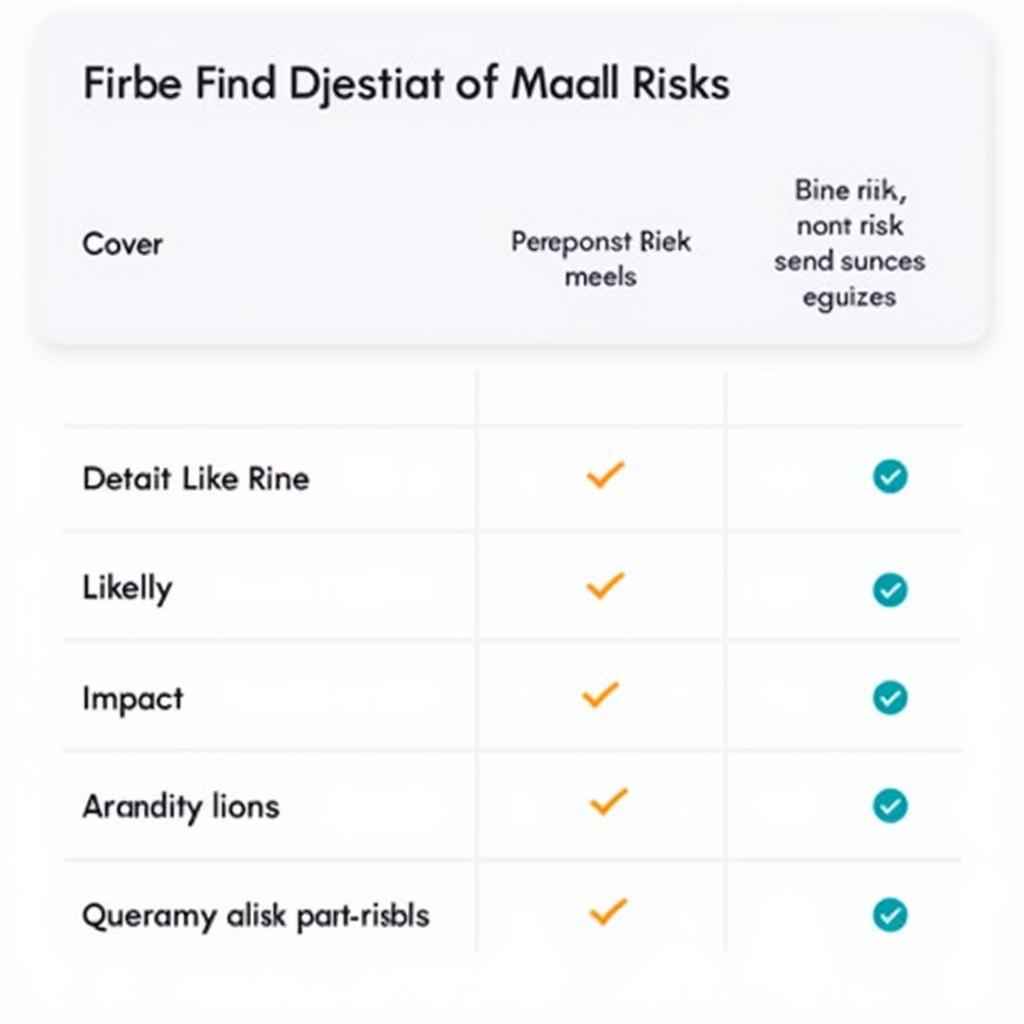Key Risk Management Tools In Health Care are essential for ensuring patient safety, maintaining financial stability, and upholding the reputation of healthcare organizations. Effectively identifying, assessing, and mitigating risks is crucial in today’s complex healthcare landscape.
 Healthcare Risk Management Dashboard
Healthcare Risk Management Dashboard
Understanding the Importance of Risk Management in Healthcare
Healthcare organizations face a multitude of risks, ranging from medical errors and data breaches to financial challenges and regulatory compliance issues. Failing to address these risks can lead to significant negative consequences, including patient harm, financial losses, and legal repercussions. A robust risk management program empowers healthcare providers to proactively identify and address potential hazards, fostering a culture of safety and continuous improvement.
Essential Key Risk Management Tools in Health Care
Several key risk management tools are indispensable for effective risk mitigation in healthcare settings. These tools enable organizations to systematically analyze and address potential risks, ensuring the delivery of high-quality care and the protection of patient well-being.
-
Incident Reporting Systems: These systems allow healthcare professionals to document and report adverse events, near misses, and safety concerns. Analyzing incident reports helps identify patterns and trends, enabling organizations to implement corrective actions and prevent future occurrences.
-
Root Cause Analysis (RCA): RCA is a structured process used to investigate the underlying causes of adverse events. By identifying the root causes, healthcare organizations can develop targeted interventions to address systemic issues and prevent similar incidents from happening again.
 Root Cause Analysis Diagram in Healthcare
Root Cause Analysis Diagram in Healthcare
-
Failure Mode and Effects Analysis (FMEA): FMEA is a proactive risk assessment tool used to identify potential failures in processes or systems before they occur. By evaluating the potential consequences of these failures, organizations can prioritize risk mitigation efforts and implement preventative measures.
-
Risk Assessment Matrices: These matrices provide a structured framework for evaluating the likelihood and impact of potential risks. By assigning numerical values to each risk, organizations can prioritize their mitigation efforts and allocate resources effectively. For example, a high likelihood and high impact risk would receive the highest priority.
“A proactive risk management approach is not just about avoiding negative outcomes; it’s about creating a safer and more resilient healthcare system,” says Dr. Amelia Carter, Chief Risk Officer at Metro General Hospital.
 Risk Assessment Matrix in Healthcare
Risk Assessment Matrix in Healthcare
Implementing Key Risk Management Tools: Best Practices
Successful implementation of key risk management tools requires a comprehensive approach. Healthcare organizations should establish clear policies and procedures, provide training to staff, and foster a culture of open communication and transparency. Regularly reviewing and updating the risk management program is crucial to ensure its ongoing effectiveness.
Key Risk Management Tools in the Health Care Industry
key risk management tools in the health care industry play a vital role in improving patient safety and reducing healthcare costs. These tools empower healthcare professionals to identify and mitigate potential risks, fostering a culture of safety and continuous improvement.
“Effective risk management requires a multidisciplinary approach, involving all levels of the organization,” says John Miller, a healthcare risk management consultant. “Collaboration and communication are essential for success.”
How can transitions of care assessment tool enhance patient safety?
Transitions of care, such as moving a patient from a hospital to a rehabilitation facility, can be particularly vulnerable to errors and adverse events. Utilizing a transitions of care assessment tool can help identify potential risks and facilitate a smoother, safer transition for patients.
What are some residential care home audit tools?
Residential care homes face unique risks related to resident safety and well-being. Audit tools specifically designed for these settings can help identify areas for improvement and ensure compliance with regulations.
The Importance of readiness review tool managed care in Healthcare
Managed care organizations need to be prepared for various challenges, including changes in regulations and market dynamics. A readiness review tool can help assess their preparedness and identify areas that require attention.
Using a palliative care screening tool for heart failure
Palliative care focuses on improving the quality of life for patients with serious illnesses. A screening tool can help identify patients with heart failure who may benefit from palliative care services.
Conclusion
Key risk management tools in health care are vital for protecting patients, preserving financial stability, and maintaining the reputation of healthcare organizations. By proactively identifying and mitigating risks, healthcare providers can enhance patient safety, improve quality of care, and create a more resilient healthcare system.
FAQ
- What is the most important aspect of risk management in healthcare?
- How often should risk assessments be conducted?
- Who is responsible for risk management in a healthcare organization?
- What are the benefits of using a risk management software system?
- How can healthcare organizations encourage staff to report incidents?
- What are some common challenges in implementing risk management programs?
- How can risk management contribute to a culture of safety?
Need help with Car Diagnostic? Contact us via WhatsApp: +1(641)206-8880, Email: [email protected] or visit us at 910 Cedar Lane, Chicago, IL 60605, USA. We have a 24/7 customer support team.

Leave a Reply